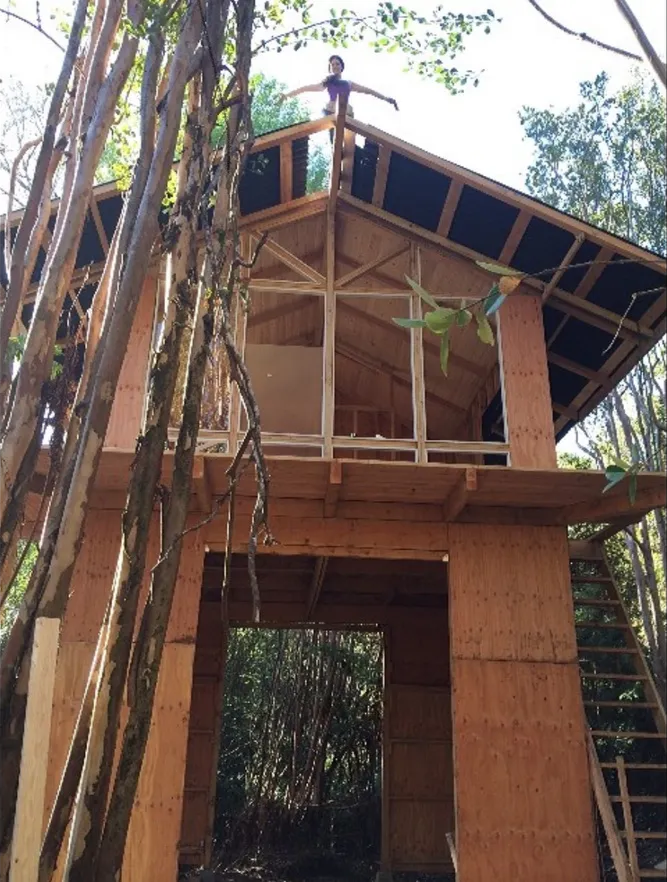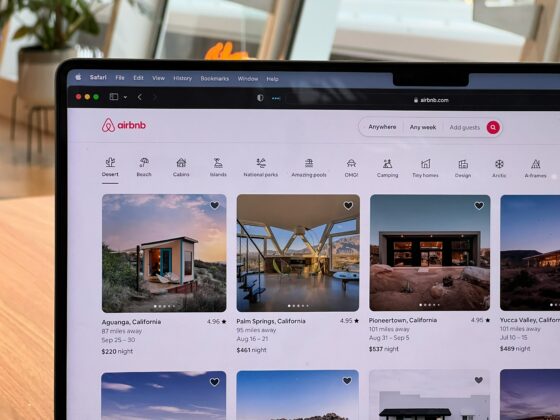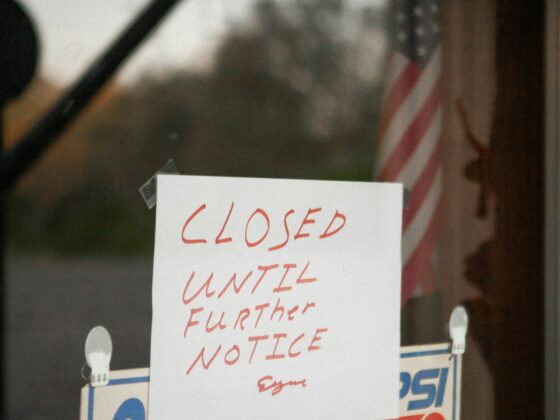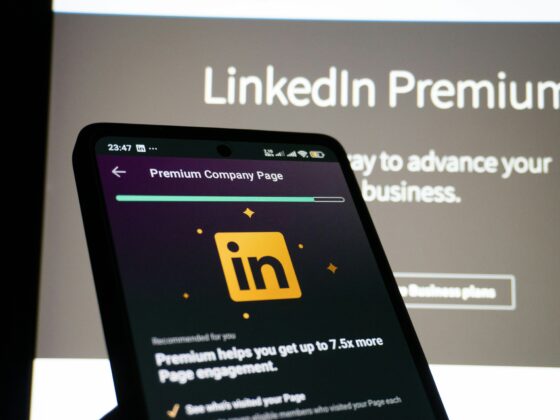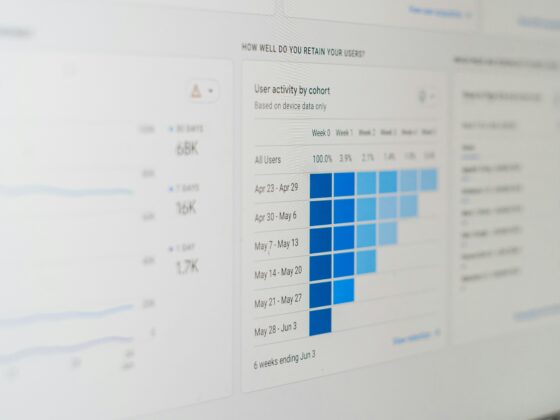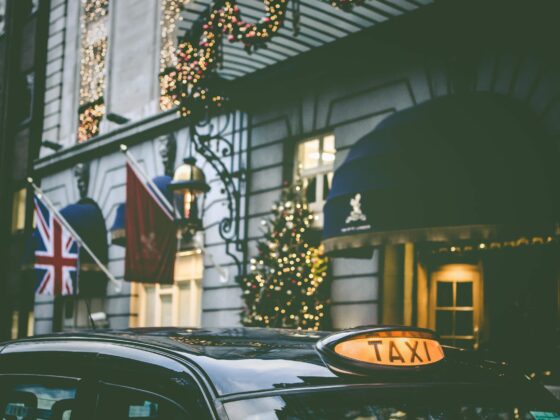
The hotel business isn’t just about rooms and revenues; it’s about people, performance, and perseverance.
We’ve weathered oil shocks, terrorist attacks, global recessions, and most recently, a pandemic that nearly brought global travel to its knees. Yet, here we stand today: transformed, tested, and more dynamic than ever.
What was once a business built on bricks, beds, and brand loyalty is now a high-stakes game of capital flows, margin compression, a digital transformation and technology innovation.
The fundamentals remain: service, trust, and consistency.
But everything around them’s shifting. If the last decade taught us how to survive disruption, the next one will ask us to lead through it.
That begins by rethinking what hotels are, who they serve, how every square foot’s used and optimized, how data’s treated as the new currency, and how every line of code, artificial intelligence (AI) and machine learning can drive performance.
How it was: The foundation years
Traditionally, the leading hotel brands were companies that truly embodied the hospitality business – they built, owned, and operated their hotel assets.
The big brands were as much real estate companies as hospitality brands. To these companies, real estate was a steady, predictable, and safe business, with modest upside potential.
After all, how many other investments could you make that would yield 7-10% with virtually no risk of loss?
Profit growth came from rising RevPAR and F&B margins. Few considered optimizing profit per square foot or monetizing every inch of space available in the hotel.
Sales were generated by networking and deal-making in conference rooms. Customer loyalty was built on name recognition and the goodwill of the front desk, not on comprehensive, data-driven analyses into how much a guest spends across the portfolio.
Those times are ancient history.
How it is: Asset-light, data-rich, and margin-tight
In the current market, the predominant hotel brands have transformed into asset-light global operators.
They’ve transitioned from ownership to management. The core business is no longer about owning and operating hotels, but about managing brand systems, loyalty platforms, and fee structures.
The guest loyalty programs of the big hotel companies aren’t just engines of illusions and aspirations for the countless travelers navigating the constraints of mid-tier status (you, dear reader, may be among them); they’re also engines of investor value and lead generation.
This shift has changed the distribution of power. Hotel chains focus on growing their memberships and planting brand flags, while operational and financial responsibilities shift to franchisees and real estate investors.
For the chains, the goal’s to collect the royalty checks – usually between 8 and 12% of gross room revenue, with much of what’s paid for marketing, technology, and reservations counted in the price.
For hotel owners, though, the math just gets tougher.
Today’s investors look to real estate first and don’t mind paying good money for it. They’re yield-driven and risk-sensitive.
When it comes to hotels, they see them as financial instruments valued on CAP (capitalization) rate compression and not much else. And with the cost of capital rising sharply – particularly over the past two years, NOI (net operating income) optimization isn’t just important; it’s essential.
People now talk more about GOPPAR (gross operating profit per available room) than RevPAR (revenue per available room).
And while fewer people discuss profit per square foot, every square foot – physical or virtual – remains under the financial microscope.
- Is there a way to monetize the ballroom?
- Can back-of-house space be converted into short-term storage or retail?
- Does the rooftop contain an F&B concept that stimulates both positive cash flow and brand buzz?
Today’s revenue and profit story
Revenue management has become a multidimensional function, integrating space and meeting optimization, spa, golf, ski, F&B, parking, and channel mix profitability.
AI and machine learning tools play a major role here. They offer real-time, demand-sensitive pricing models that maximize yield while minimizing labor dependency.
Add to that the power of the Revenue & Profit Operating System (RP-OS), which aligns revenue strategies with actual profitability and uncovers business opportunities to boost top-line revenue while increasing GOP (gross operating profit), all while managing costs and maintaining service quality.
AI and profit automation are helping to fill the labor gap and reduce fixed and variable costs in operations. Predictive staffing, dynamic scheduling, smart energy systems, and even robotics in housekeeping and F&B are delivering measurable lifts in net operating income.
Sales, marketing, and revenue teams have become commercial strategists who use big data to identify high-margin customer segments, optimize channel costs, and turn loyalty into a repeatable, trackable ROI (return on investment).
At the same time, budget-conscious asset managers have earned their seat at the capital-structure table, pouring over performance audits and lease-back valuations with newfound intensity. Even the most obscure brand ROI metrics have come under their glare.
These stereotypes of the capital stack may be even less willing (or able) to part with rights for the sake of a revenue stream.
Where it’s going: The next decade of hospitality
The future of hotels will be less about the physical and more about the digital, less about rooms and more about ROI.
We can expect ongoing CAP rate compression for high-performing properties in major markets. But that compression will likely be limited to properties with solid margin structures, upside potential, low fixed costs, strong brand affiliation, and a well-documented record of operational efficiency.
On the other side, underperforming properties will struggle to secure favorable underwriting and face downward valuation pressure.
Loyalty platforms will remain the heart of hotel brand strategies, offering better leverage in negotiations, reducing OTA reliance, and generating direct leads for owners worldwide. The stronger the loyalty engine, the more competitive the flag becomes.
For their part, investors will need to look for:
- Shorter break-even periods.
- Faster payback periods.
- Conversion or repurposing potential while retaining historic features.
- Light management fees or owner-friendly franchise terms.
- Tech-enabled operational models.
Every square foot will count. Expect to see:
- Electric vehicle (EV) parking spaces converted into tech lounges or valet monetization hubs.
- Co-working pop-ups or vending kiosks replacing dead retail storefronts.
- F&B businesses running across separate dayparts to drive earnings for 18 hours.
In terms of operations, the separation between departments will fade.
Revenue, marketing, and operations must act as one – unified by integrated KPIs, real-time dashboards and the same financial goal. When there’s no synergy and everyone uses their own performance metrics, the profitability of the hotel is likely to be marginal.
AI will touch every corner of hotel operations, from voice-activated rooms to machine learning guest profiles to automated procurement and staffing platforms.
Final thoughts: Leading through change
We can undeniably say this: the fundamentals – hospitality, consistency, and stewardship – haven’t changed. What’s changed is the way we deliver them, the way we measure them, and the people we answer to.
The winners in this next stage will be those who mix innovation with discipline, growth with efficiency, and technology with the human touch.
Whether you’re a brand leader, asset manager, corporate officer, hotel manager or front-line employee, you’re part of the same system. One that serves, performs, has the right tech-stack, and innovates.
The hospitality business is no longer static, it’s evolving. It’ll be the next generation of writers who decide which changes will stick.
Are you ready?


